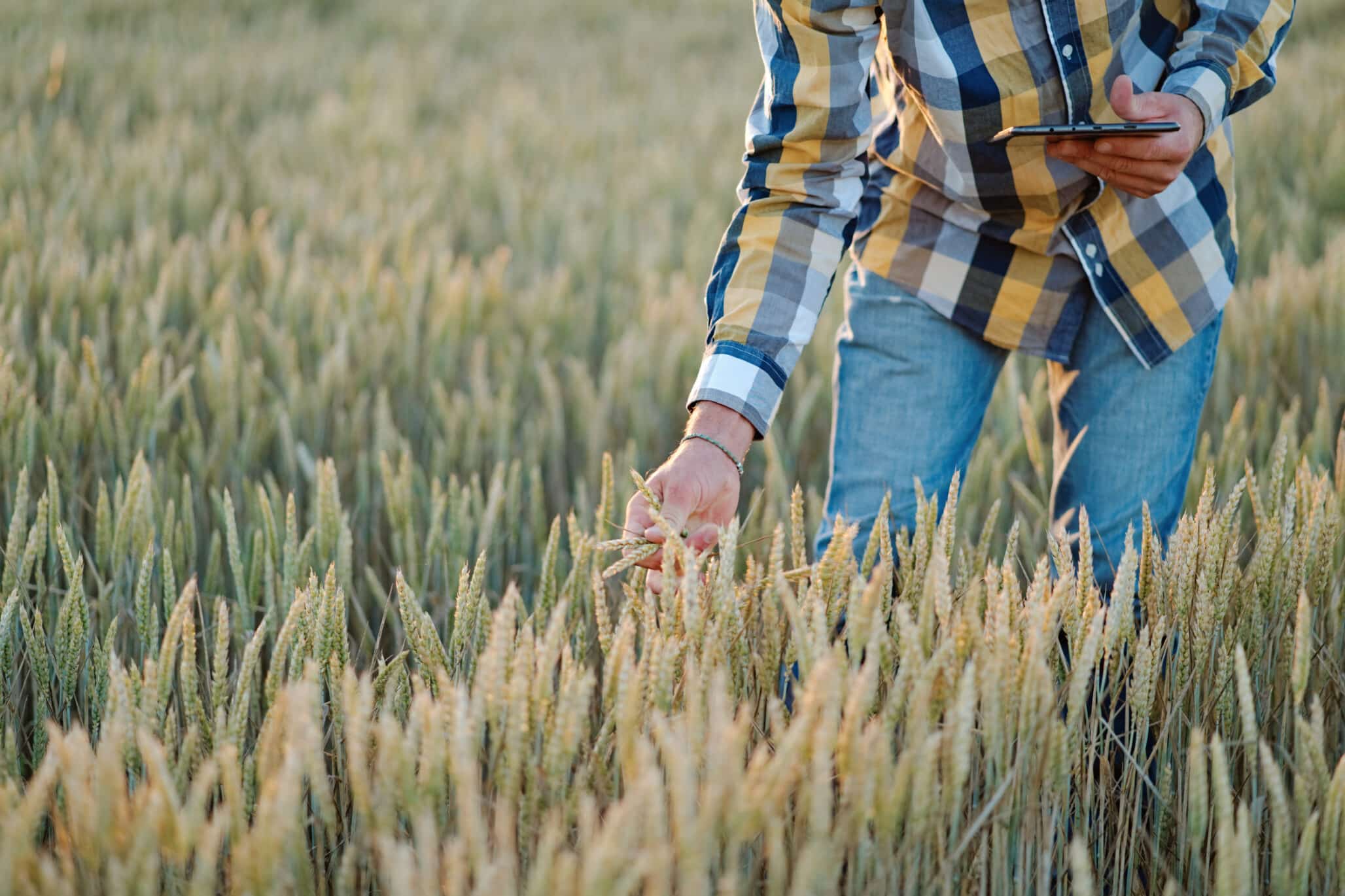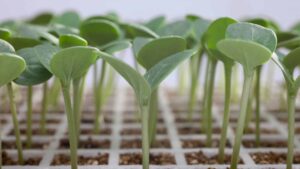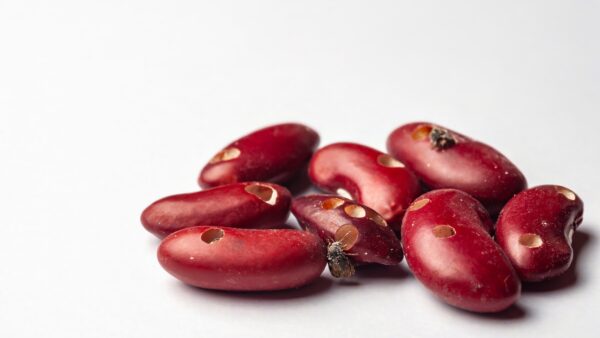Everyone knows communicating science is extremely difficult in the age of internet when misinformation can run rampant. But for 30 year old Renan Souza, getting the message out about plant breeding is imperative.
Souza is a PhD student in plant breeding, with a focus on genetics and genomics at the University of Georgia, and was selected as an National Association of Plant Breeders (NAPB) Borlaug Scholar. Seed World sat down with him to get an insight to his work.
Seed World (SW): What’s one thing you want people to know about you?
Renan Souza (RS): I really enjoy meeting people and collaborating in new projects. So, if you see me around, I am up for a cup of coffee and a good conversation.
SW: I hear soybeans is your work! Why did you get into soybean breeding?
RS: Since I was an undergraduate student in agronomy, I always wanted to work on a major crop. I began my work in soybeans when I got accepted for a MSc in plant breeding at the University of Sao Paulo in Brazil. But I did not want to work with soybean as a commodity. I was interested in breeding soybeans for human consumption. I developed populations and selected genotypes with potential for Edamame production, focusing on traits such as seed and pod size and late maturity. My reasoning at that time was that soybeans have such great nutritional properties, and we are not exploring its full potential, therefore I wanted to do some work to improve the beans for human consumption.
SW: Tell us about your work and why it matters. How could work your make a difference in the world?
RS: I currently work on the genetic improvement of protein quality and quantity in soybeans. Soybeans are already one the major sources of protein for humans, but there is a lot of potential for improvement. If we are able to produce more protein with higher quality per acre, we can increase the availability of protein for human nutrition, be it in the form of animal protein, beef, dairy, chicken, eggs, pork, or the direct consumption of soybean protein, such as in plant-based foods. In this way we can make protein more affordable, and we can include more protein options in the table of more people.
SW: What are you looking forward to seeing in the future of soybean breeding?
RS: Shifting for a more efficient production. A soybean field is basically a factory of protein and oil. Until now all the focus has been on increasing yields. But there is a lot of potential to developing new cultivars with high concentrations of oil and protein and better quality. Not only this will allow us to produce more oil and protein per acre but will provide better inputs for the food industry and help the development emerging markets, such as the plant-based foods.
SW: I’ve heard you’re also the social media representative for NAPB! Why do you think social media is important to get the message about plant breeding out?
RS: There is no deny that social media plays a big role in our lives. This is because they offer a powerful tool to interact with friends, relatives, and colleagues. Today, if you want to communicate the advances in genetics and plant breeding to a broader audience, you must have a good presence on Twitter, Instagram, Facebook, etc. In addition, platforms such as Twitter have become a very popular tool among researchers to communicate their research in real time, sharing journal articles, photos and it represents an open space for interaction.












